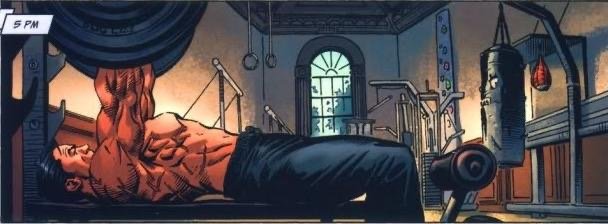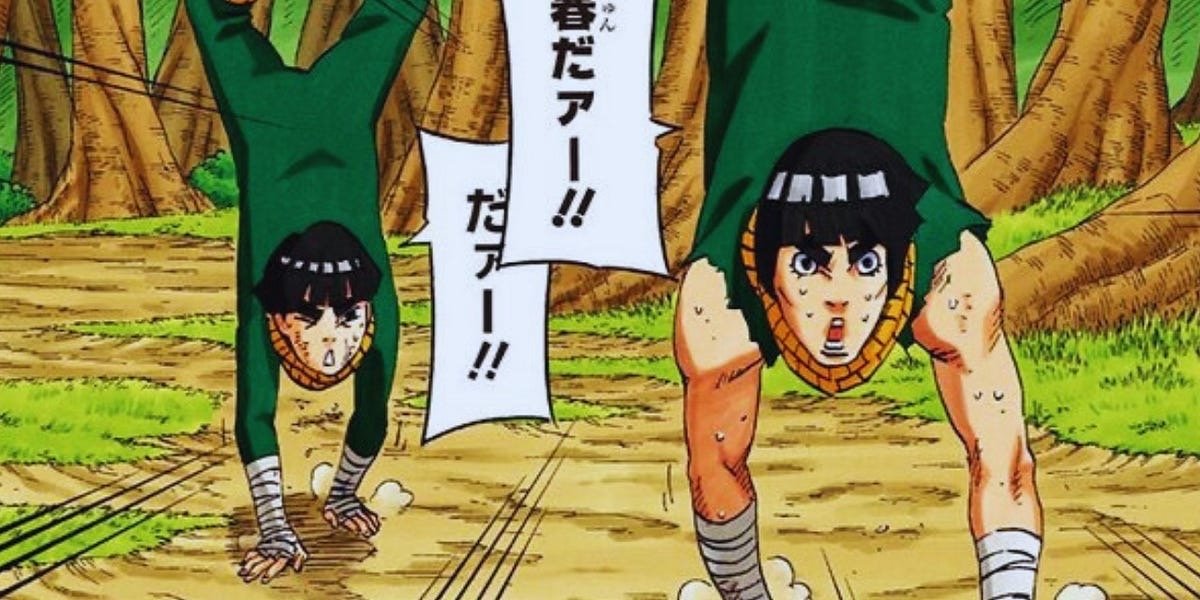Minimalist Training: How to Maximize Results with Minimal Equipment
The Power of Less
In a world obsessed with high-tech gym gear, fancy machines, and endless supplements, it's easy to forget that some of history's strongest, most athletic bodies were built with nothing but grit and the bare essentials. Minimalist training strips away the fluff and brings fitness back to what works.
This isn't about doing less—it's about doing more with less. With tools like functional implements, your body weight, and a solid jump rope, you can unlock levels of strength, endurance, and Mobility that rival any commercial gym routine. Whether you're training in your garage, a park, or a tiny apartment, minimalist training proves that simplicity and intensity are a powerful combo.
Let's break down how to train like a minimalist—and why it might be the most effective shift you ever make.
What Is Minimalist Training?
Minimalist training is the art of achieving maximum results using minimal equipment. It's not about cutting corners or doing the bare minimum—it's about focusing on the essentials and executing them with precision, consistency, and intent.
This approach removes distractions. You don't need 20 machines and five types of curls. You need movement patterns that matter: push, pull, hinge, squat, carry. You need tools that build total-body coordination, resilience, and raw strength. You need a plan that prioritizes performance, not aesthetics alone—and ironically, the aesthetics tend to follow.
Minimalist training is for the action hero, not the treadmill zombie. It's for anyone—beginner or advanced—ready to train purposefully.
The Benefits of Minimalist Training
1. Saves Time and Money
No gym membership, no commuting, no waiting for machines. With a few key tools and your body, you can train anywhere—your garage, the park, or even a hotel room.
2. Builds Functional, Real-World Strength
Minimalist tools train the body as a system. Functional equipment like kettlebells, maces, and sandbags build strength that translates to daily life, martial arts, sports, and movement.
3. Portable and Flexible
Sandbags and kettlebells are easy to carry and train within tight spaces. Maces and bodyweight movements don't need much room. Your gym becomes wherever you are.
4. Mental Clarity and Focus
Minimalist training removes decision fatigue. You're not overwhelmed by endless options. You know the tools and mission—you show up, work hard, and level up.
The Tools of the Minimalist
Regarding minimalist gear, it's about impact per square inch. The right tools don't just save space—they build carryover strength that applies beyond training. Here's what every minimalist setup should revolve around:
Functional Tools: Strength with Carryover
Kettlebells
Kettlebells are the king of versatility. They train power, endurance, and Mobility while reinforcing good movement mechanics.
Go-to Movements:
Swings
Cleans & Snatches
Goblet Squats
Presses
Carries
Maces (Steel Mace / Gada)
It is perfect for rotational strength, grip, and shoulder health. It is also great for combat athletes and anyone wanting to unlock flow and Mobility.
Go-to Movements:
360s & 10-to-2s
Mace Uppercuts
Offset Lunges
Mace Presses
Flow Sequences
Sandbags
Raw and unforgiving. Sandbags build brute force, stability, and functional strength in awkward positions.
Go-to Movements:
Shouldering
Bear Hug Squats
Sandbag Cleans
Carries & Drags
Ground-to-Overhead Lifts
Calisthenics: Master Your Body
Bodyweight training is the foundation. It teaches control, balance, and relative strength that no external tool can replicate.
Go-to Movements:
Push-Ups & Dips
Pull-Ups & Rows
Squats & Pistols
Planks, L-Sits, & Hanging Leg Raises
Handstand Work (for advanced practice)
Jump Rope: Cardio with an Edge
A minimalist favorite. A jump rope develops footwork, coordination, and killer conditioning in one pocket-sized tool.
Go-to Techniques:
Speed Skips
High Knees
Double Unders
Boxer Step Intervals
Tabata Rope Circuits
Program Design: How to Train Like a Minimalist
Minimalist doesn't mean random. You need structure, balance, and intentional progression. The goal is to master the fundamentals while pushing performance through smart programming.
1. Focus on Core Movement Patterns
Push (Push-ups, Presses)
Pull (Pull-ups, Rows)
Hinge (Swings, Sandbag Cleans)
Squat (Goblet, Bear Hug, Pistols)
Carry (Suitcase, Bear Hug, Sandbag Drags)
Rotation (Mace Swings, Sandbag Twists)
Conditioning (Jump Rope, Circuits)
2. Sample Weekly Structure
Monday: Strength + Carries (KB, Sandbag, Bodyweight)
Tuesday: Jump Rope Conditioning + Core
Wednesday: Mace Flow + Mobility
Thursday: Strength + Rotation (KB, Mace, Sandbag)
Friday: Jump Rope + Calisthenics Supersets
Saturday: Active Recovery (Mobility, Flows, Outdoor Movement)
Sunday: Rest / Light Walks
3. Sample Minimalist Workout
Warm-Up (5 mins)
Jump Rope x 2 mins
Dynamic Mobility: Shoulder Rolls, Hip Openers
Bodyweight Squats x 10, Push-ups x 10
Main Circuit (3–4 Rounds)
Kettlebell Swings x 15
Sandbag Cleans x 5/side
Mace 10-to-2s x 10 reps
Pull-Ups or Rows x 6–10
Push-Ups x 15
Finisher (2–3 Rounds)
Jump Rope x 30 sec
Sandbag Bear Hug Carry x 40 sec
Plank Hold x 45 sec
Simple. Brutal. Effective.
Minimalist Doesn't Mean Easy
Stripping down your training doesn't make it easier—it makes it honest. There's no hiding behind fancy machines or padded seats. The work is raw and sincere when it's just you and a sandbag or a kettlebell.
It takes focus. It demands intent. But the payoff? The strength that actually carries over. A movement that feels good. And a mindset forged under pressure.
Conclusion: Do More with Less
Minimalist training is a return to form. It's about mastery over variety, depth over distraction, and building a body that performs anywhere, anytime—with or without a gym.
Whether you're looking to save time, build real strength, or train like your favorite action hero, this is the path. You only need a few tools, your body, and a no-excuses mindset.
Try this: Commit to one week of minimalist training. Use a kettlebell, mace, sandbag, or bodyweight—and see what happens when you go all in with less.




